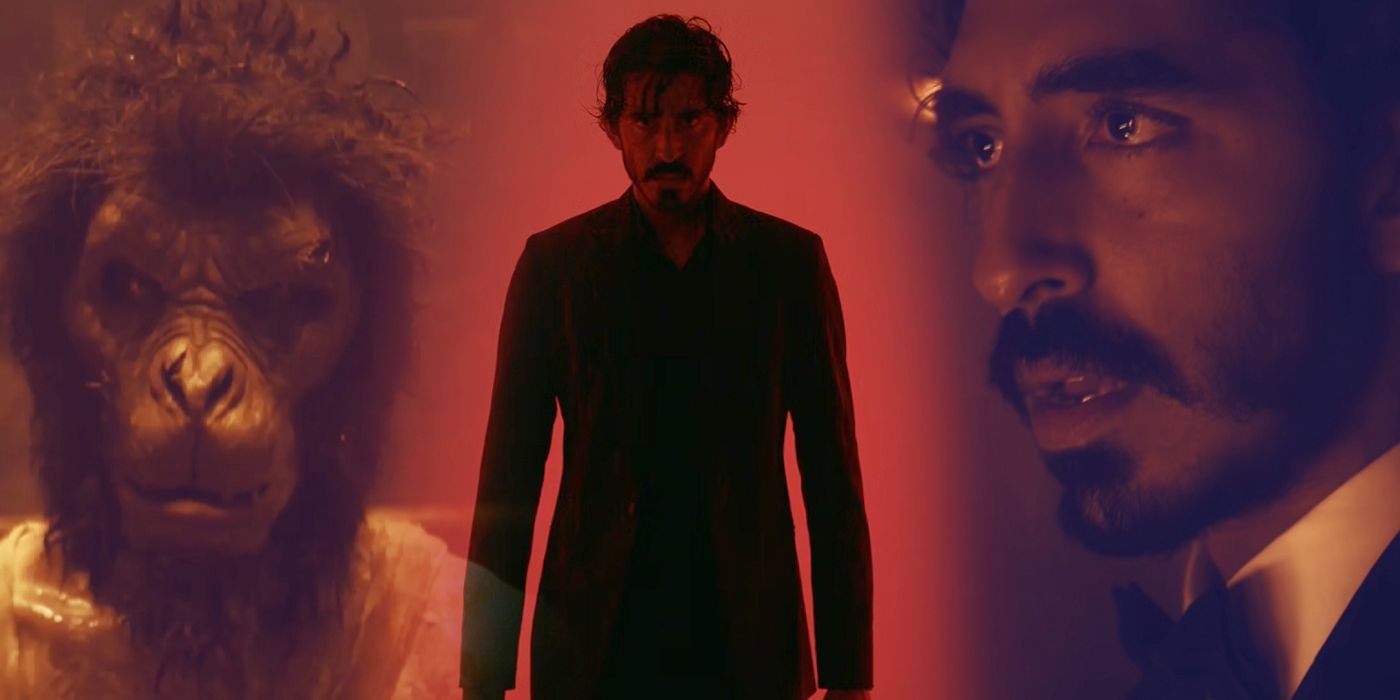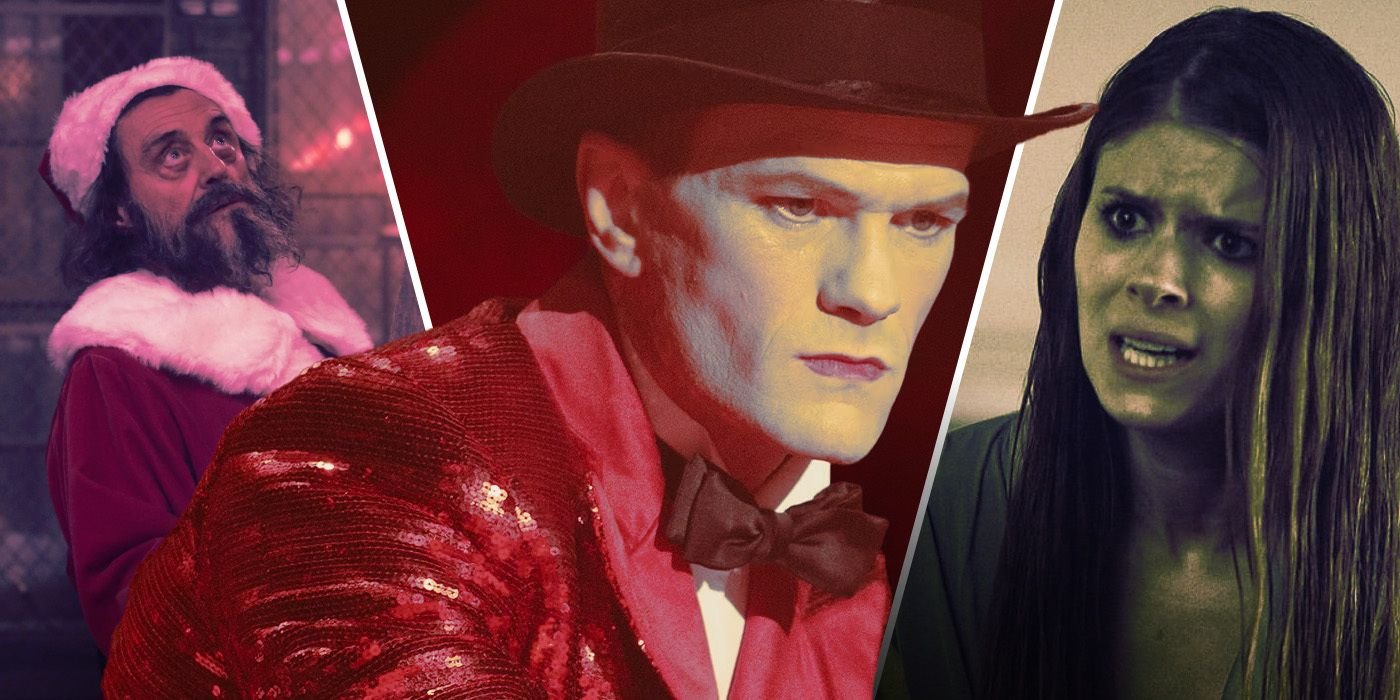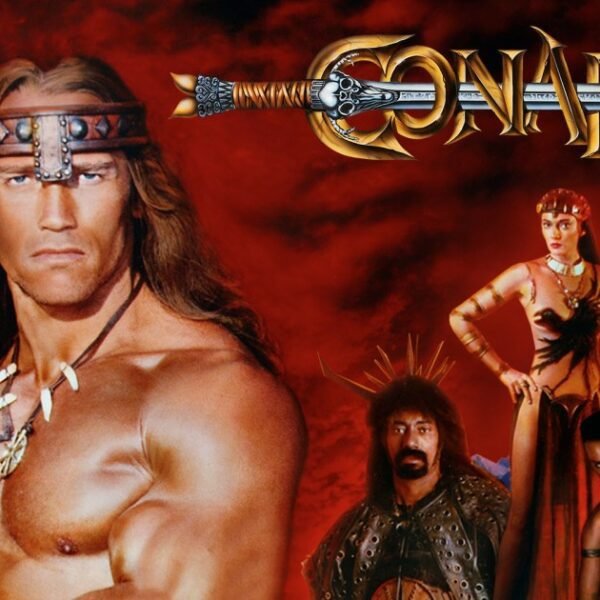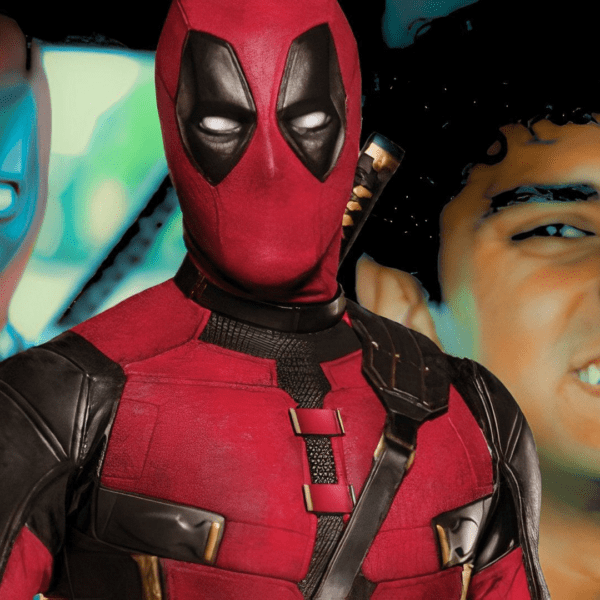Summary
- Dev Patel shines as an action star & director in
Monkey Man
, blending iconic action influences with his own unique voice. - Kid transforms from seeking revenge to leading a rebellion against India’s corrupt powers in a powerful climax.
- Hindu mythology adds depth to
Monkey Man
, emphasizing themes of rebellion, hope, and heroism in this must-watch film.
Spoiler Alert: Spoilers follow for Monkey ManFollowing in the footsteps of Will Smith, Charlize Theron, and Bob Odenkirk, Slumdog Millionaire breakout Dev Patel is forging a new path as an action star. His directorial debut, Monkey Man, hits screens this weekend, and it has the potential to be the kind of breakout hit that could function as a sort of career reinvention for him. Behind the camera, Patel showcases a striking confidence in staging his action sequences, boasting influence from the likes of John Wick, Oldboy, and Bruce Lee, but still successfully boasting his own unique voice.
But Patel isn’t simply aiming to be a John Wick pastiche; as is expected when working with producer Jordan Peele, Patel also has a great deal on his mind thematically and comments on India’s caste system. As such, we’re breaking down the explosive ending of Monkey Man, the protagonist’s transformation into a freedom fighter, and what the film ultimately says about dealing with systems of oppression.
Does Kid Get His Revenge in Monkey Man?
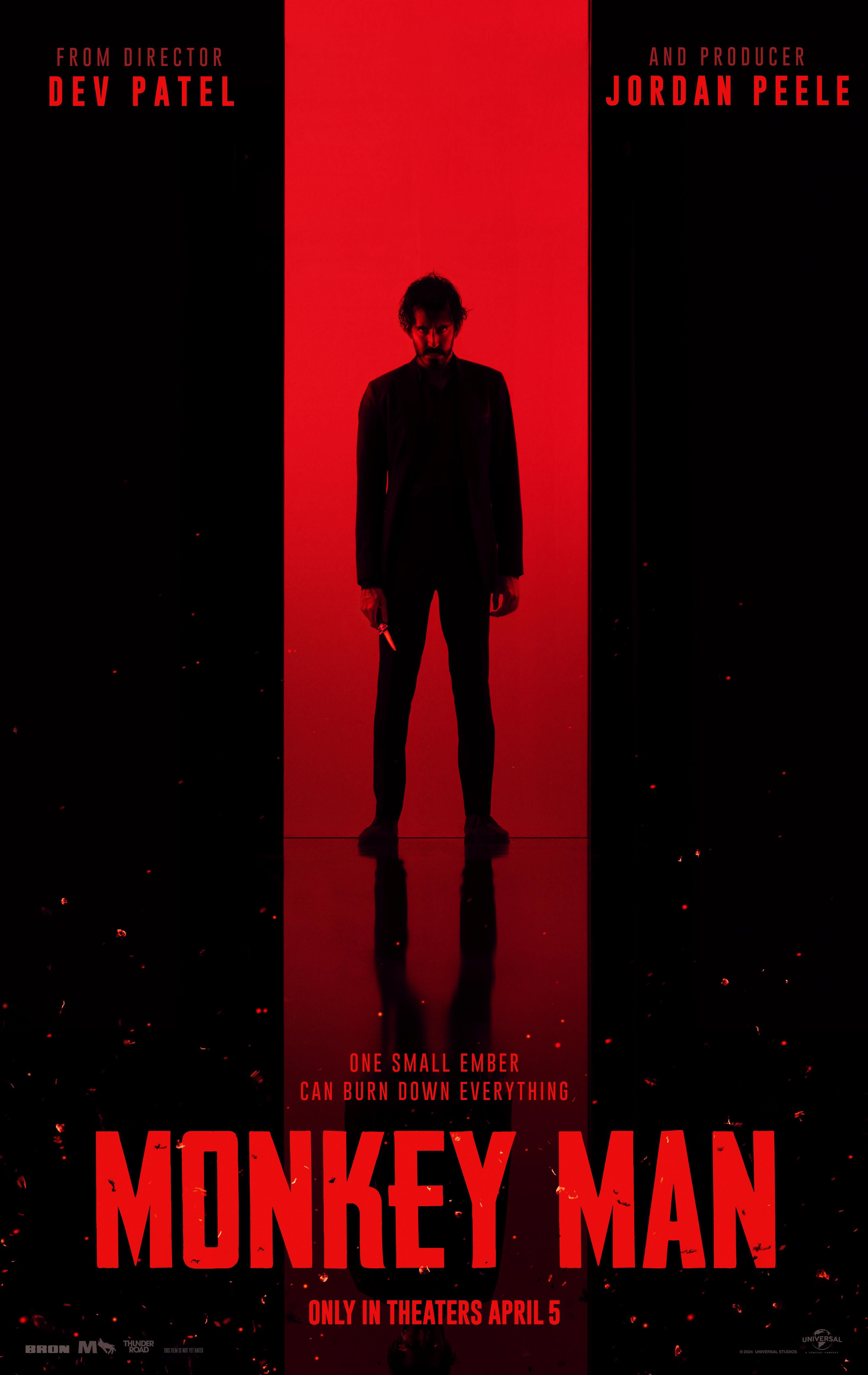
Monkey Man
- Release Date
- April 5, 2024
- Runtime
- 1hr 53min
When we first meet Dev Patel’s unnamed protagonist, simply known only as “Kid,” he has little on his mind except for revenge. When he was a child, he lived in an Indian forest with his mother until property developers (in league with the country’s political leaders) killed her as part of a land grab. Years later, Kid makes money on the side as a participant in an underground fight club, wearing a monkey mask during his brawls. Additionally, he works as a dishwasher at a nearby club, after being hired by Queenie, frequented by local politicians, namely the corrupt police chief, Rana, who left him an orphan. But when he’s willing to get his hands dirty, he proves a formidable fighter, possibly worthy of the mantle of even James Bond.
Kid’s first assassination attempt goes horribly wrong, and he’s left both greatly wounded and a wanted fugitive. Under the eye of Alpha, a spiritual leader, Kid recovers from his wounds and undergoes further training with the help of members of the hijra (transgender in India) community. All the while, he begins to realize that his quest for revenge can be redirected to a greater purpose; in witnessing the hardships of India’s poor and ostracized minorities, he learns to fight against the corrupt powers for their sake every bit as much as his own.
By the time the chaotic final action sequence arrives, Kid has effectively become a sort of savior for the downtrodden, and he’s joined in his battle by hijra warriors and, eventually, some of his fellow exploited co-workers. On India’s election night, Kid storms the club, where the ruling “Sovereign Party” prepares for a likely victory, working his way to the police chief, Rana, ultimately killing him in an ultra-bloody brawl. In addition, Queenie, who initially hired Kid after she fell for his scam, is killed by Sita in a turn of events.
But the police chief isn’t enough for Kid, and he quickly fights his way to Baba Shakti, a spiritual leader within the Sovereign Party who approved of his community’s forced displacement, intending to build a commune where the forest once stood. While Shakti ignores the blood on his hands and insists that continuing a cycle of violence won’t solve anything, Kid is undeterred and kills the leader after a particularly brutal fight, during which he himself is stabbed. Kid seems to succumb to his wounds as he sees visions of his deceased mother, Neela, but the film ends before we get firm confirmation of whether the character died, leaving room for a potential sequel.
Who Is the Real ‘Monkey Man’?
For starters, Monkey Man’s ending signifies that Kid has successfully achieved his revenge and may or may not have died in the process (we’ll know for sure if Patel ever makes a sequel). But more importantly, he has channeled his anger into a greater purpose, namely to inspire the fellow downtrodden in his community who’ve only ever known exploitation and oppression.
A key conversation partway through the film between the police chief and Baba Shakti signifies this. The police chief, unconcerned about Kid’s quest for revenge, dismisses his threat as one that can be easily extinguished. But Shakti sees that his quest symbolizes hope for India’s marginalized communities, explaining, “Just one small ember can burn down everything.”
That said, Patel also aims for a more spiritual, almost mythic (and arguably somewhat sentimental) dimension to his climax. The film’s opening narration details the myth of the Hindu god Lord Hanuman, a monkey deity (this very well could be the rare Hindi film that could break through in the US). As the story tells, when Hanuman was a child, he mistook the sun for a mango and pursued it in an attempt to eat it. In return, the angered Hindu gods struck the young Hanuman back down to Earth, taking away his powers.
On one level, this can be seen to illustrate the power that the Sovereign Party holds over India’s smaller communities and how willing they are to strike anyone down who tries to overthrow their power. It could also symbolize Kid’s initial short-sightedness and how his first blind quest for revenge for his own sake sends him flying back down to Earth.
\n “”>



Dev Patel’s Best Performances, Ranked
An underrated actor with a diverse resume, we look at Dev Patel’s best performances ranked.
But this isn’t the only significant Hindu myth involving Hanuman. In the epic poem “Ramayana,” Hanuman gets involved in a war effort led by Rama, the new avatar of Vishnu, after a demon king has abducted Rama’s wife. Hanuman builds an army of Vanara, or forest people, to assist in the struggle against the gods who rule over them. Obviously, the parallels between Hanuman’s rebellion against the gods and Kid’s rebellion against the Sovereign Party are impossible to ignore, as are the ways in which Kid inspires his fellow downtrodden to rise up and fight back.
One of the key moments in the film, right before the final fight scene, expresses this idea clearly. Having found a greater cause to devote himself to, Kid returns to the underground fight club he used to frequent, once again hiding his identity with his monkey mask. But rather than deliberately lose like he was paid to do, he uses his new training to dispose of his ring opponents almost immediately. The crowd is enraptured and begins cheering him on, rather than jeering him, and it seems to be a sort of superhero-origin moment for Kid; he is no longer willing to take the oppression he faces, and like all the best heroes in capes, he intends to be the protector of his fellow men.
Monkey Man Is a Striking Directorial Debut for Dev Patel
Monkey Man is nothing less than a striking directorial debut for Dev Patel, who seamlessly blends breathless action sequences and sociopolitical commentary. However, arguably the most fascinating dimension of the film is how eagerly Patel imbues his story with mythic qualities. Much like John Wick became well-renowned for incorporating world mythology into its imagery for dramatic purposes, Monkey Man uses its Hindu symbolism to make what could’ve been just another action movie feel almost operatic. As such, we can’t wait to see where Dev Patel’s directorial career goes from here. Monkey Man is playing in theaters now.


